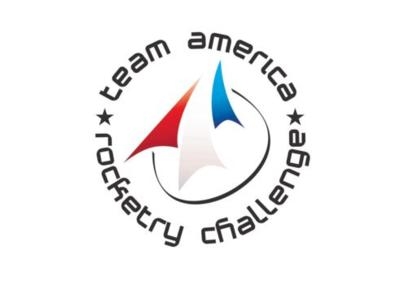Student Rocketeers From 28 States And D.C. Will Compete Next Month For More Than $100,000 In Prizes, Scholarships And A Chance To Represent The U.S. At The Global Finals
The Team America Rocketry Challenge today unveiled the names of the top 100 teams that will advance to the national finals next month. These teams will compete at the National Finals Fly-Off on May 12th at Great Meadow in The Plains, VA, outside of Washington, D.C.

The Team America Rocketry Challenge is the aerospace and defense industry’s flagship program designed to encourage students to pursue study and careers in science, technology, engineering, and math (STEM). The competition challenges middle and high school students to design, build, and fly a rocket that meets rigorous altitude and flight duration parameters through a series of certified, qualifying launches. This year's rules require a rocket carrying two raw eggs to reach 800 feet before returning the eggs to Earth—uncracked—all within 41 to 43 seconds.
Sponsored by the Aerospace Industries Association (AIA), the National Association of Rocketry, and more than 20 industry partners, the Rocketry Challenge is the world’s largest rocket contest. This year, 800 teams representing 46 states and the District of Columbia designed and built model rockets in hopes of qualifying for the National Finals.
The 100 national finalists announced today hail from 28 states and the District of Columbia, and will compete for more than $100,000 in prizes and scholarships. They will also be competing for the opportunity to represent the United States at the International Rocketry Challenge taking place at the Farnborough Air Show outside of London this July, facing off against teams from the United Kingdom, France and Japan.
The Rocketry Challenge promotes friendly competition among teams from a diverse set of socioeconomic backgrounds, ethnicities and geographies – from rural America to major cities. This year, about one third of the students participating are female, including 13 all-girl teams. Numerous teams launched fundraising campaigns in their communities to make their participation this year possible.
AIA President and CEO Eric Fanning congratulated the finalists: “What excites me about this incredible competition is how every year it inspires thousands of young women and men to consider careers in STEM fields and aerospace. Qualifying for the National Finals and ultimately representing the United States at the international competition involves teamwork, critical thinking, and problem solving skills. I’m confident that these students will become the engineers and scientists that enable humans to land on Mars and beyond, and we look forward to hosting them in D.C. next month.”
Now in its sixteenth year, the Rocketry Challenge has inspired nearly 70,000 middle and high school students to explore education and careers in STEM fields.
Follow and support your local team on the road to National Finals using the official hashtag: #TARC2018.
(Source: AIA news release)
 ANN's Daily Aero-Linx (05.02.24)
ANN's Daily Aero-Linx (05.02.24) ANN's Daily Aero-Term (05.02.24): Touchdown Zone Lighting
ANN's Daily Aero-Term (05.02.24): Touchdown Zone Lighting Aero-News: Quote of the Day (05.02.24)
Aero-News: Quote of the Day (05.02.24) ANN FAQ: Contributing To Aero-TV
ANN FAQ: Contributing To Aero-TV NTSB Final Report: Cirrus Design Corp SR20
NTSB Final Report: Cirrus Design Corp SR20



